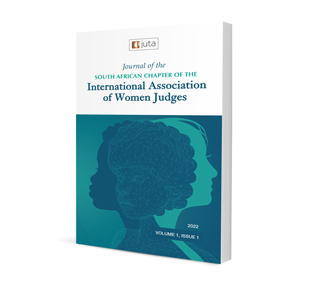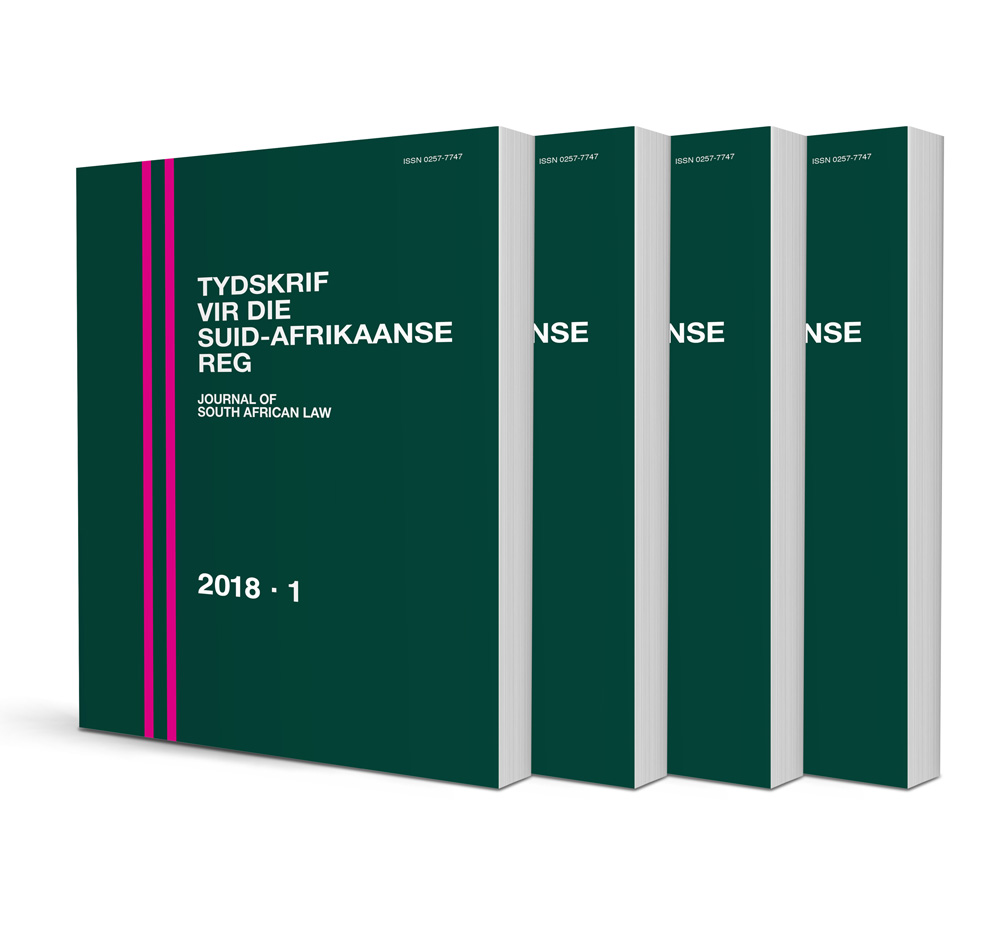Abstract
Benewens alarmstelsels, elektriese heinings, diefwering en hoë mure, is dit ’n algemene praktyk vir Suid-Afrikaners om hul eiendom toe te rus met geslotekringtelevisie om hulself en hul eiendom te beskerm. Saam met die beskerming wat geslotekringtelevisie bied, kom ook ’n potensiële persoonlike bedreiging van die privaatheid van individue wat deur sodanige tegniese toerusting verfilm mag word en uit die beeldmateriaal geïdentifiseer kan word. Die onlangse Wet op die Beskerming van Persoonlike Inligting kan operateurs van sodanige tegnologie blootstel aan aanspreeklikheidsrisiko’s en potensiële boetes wat deur die inligtingsreguleerder opgelê mag word indien die verwerking van persoonlike inligting nie voldoen aan die vereistes wat in hierdie wet uiteengesit word nie. Terwyl Suid-Afrikaanse howe nog nie die wet in hierdie konteks toegepas het nie, het die Europese geregshof reeds sekere aspekte uitgeklaar wat verband hou met geslotekringbedrywighede onder die databeskermingsriglyn van die Europese Unie van 1995. Aangesien die opstellers van die Suid-Afrikaanse Wet 4 van 2013 in die wetgewende proses na hierdie riglyn verwys het, en ook talle instrumente van die Europese databeskermingswetgewing oorgeneem het, kan die uitsprake van die Europese geregshof moontlik vir riglyne sorg wat by die uitleg in die verband aanwending mag vind. Die outeur beoog met hierdie bydrae om die vereistes vir die gebruik van geslotekringtelevisiekameras onder die Suid-Afrikaanse wet te bespreek. Eerstens word ontleed onder watter omstandighede videomateriaal wat deur kringtelevisie geskep is, neerkom op ’n sogenaamde verwerking van persoonlike inligting. Daarna word die praktiese relevansie van die sogenaamde huishoudelike vrystelling wat uitgesluit word van die toepassingsgebied van die wet, beoordeel, met inagneming van die leidende beslissing van die Europese geregshof in die Ryneš-saak. Verder word bespreek welke gronde vir die verwerking van persoonlike inligting ingevolge artikel 11(1) van Wet 4 van 2013 van toepassing kan wees. Daarbenewens word ondersoek of die verantwoordelike partye verplig word om die datasubjek in te lig oor sekere aspekte van die verwerking van die persoonlike inligting sowel as die reg van die datasubjek vir die behoud van gestoorde beeldmateriaal.

